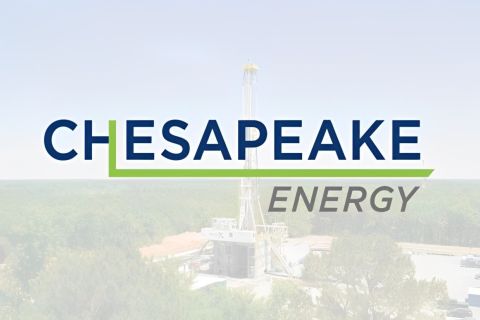The oft-overlooked midstream part of the oil value chain is getting increasing attention as conditions in the sector impact economics and operations in both the upstream and downstream segments of the oil business.
Specifically, constraints on oil storage and pipeline capacity in the Midcontinent region have distorted some crude prices and provided distinct advantages for some regional refiners.
Driven by recent relatively high prices, oil production in the Midcontinent and Canada has been increasing. Also, technology advances have been particularly effective in boosting production from the oil shale deposits in the Bakken play and the Canadian oil sands.
However, oil infrastructure has been historically geared to moving crude oil into the Midcontinent (from Canada and the US Gulf Coast) and capacity to move oil out of the Midcontinent to the Gulf Coast is rather limited. And even as Midcontinent refiners have increased utilization rates, oil supplies have been building in the region, both in absolute terms and on a relative basis via days-of-crude-runs.
Largely as a result of these bottlenecks and growing inventories, West Texas Intermediate (WTI) prices, which are typically quoted at Cushing, Oklahoma, have become disconnected to prices for similar grades of crude. Although prices for WTI, UK Brent, and Light Louisiana Sweet (LLS) have historically tracked closely (both Brent and LLS are approved substitutes for delivery under the NYMEX WTI crude oil futures contracts), WTI has traded at a steep discount to these crudes, with a daily discount as high as $20 per barrel, in recent months.
Similarly, prices for Canadian oil, whose primary market is the Midcontinent, have moved sharply lower than prices for comparable crudes, such as Mexican Maya or Saudi/Arab Heavy, which have moved in line with the global fundamentals. As a result, Midcontinent refiners, and any refiners with crude supply contracts tied to WTI prices, have enjoyed a distinct competitive advantage versus coastal refiners, among others, that are exposed to relatively higher-priced oils.
During the next few years, Midcontinent midstream bottlenecks are likely to continue or worsen, given that production from the Bakken and oil sands is essentially land-locked. In fact, several Midcontinent refiners have announced plans to expand distillation capacity to take advantage of the disconnect in crude prices.
Currently, plans to ease bottlenecks are focused on expanding the pipeline capacity out of the Midcontinent and connecting with the massive Gulf Coast refining complex. Several major projects have been proposed, the most prominent being TransCanada’s Keystone XL expansion and the recently-announced Enterprise/Energy Transfer joint-venture project. Both planned pipelines would connect Cushing and the Gulf Coast and provide a much-needed outlet for increasing production.
The proposed projects will face environmental and political opposition, but are nonetheless likely to proceed. Absent a major collapse of crude pricing, the economic incentives will be attractive catalysts for overcoming construction obstacles. The industry can expect to see project completions as early as 2013 and, if that occurs, a much closer realignment of Midcontinent crude pricing with prices worldwide.

Recommended Reading
Pitts: US, Qatar Face off in LNG ‘Olympics’
2024-05-03 - In the LNG exporting space, the U.S. is squaring off with its fiercest competitor, Qatar, with both countries expected to outpace Australia
Chesapeake Stockpiles DUCs as Doubts Creep in Over Southwestern Deal
2024-05-02 - Chesapeake Energy is stockpiling DUCs until demand returns through growth from LNG exports, power generation and industrial activity.
It’s Complicated: E&Ps Find Some Financial Tailwinds, But It’s Not All Smooth Sailing
2024-05-03 - Relatively stable WTI prices in the $80s/bbl provide some breathing room as companies allocate cash for operations, and pragmatism is seeping into the energy transition movement.
WTI Delivered to East Houston Hits Highest Premium in Nearly Three Years
2024-05-01 - Oil takeaway capacity from the Permian Basin will tighten next month due to scheduled pipeline maintenance.
CPS Closes $785MM Deal for Talen Energy’s Texas NatGas Plants
2024-05-01 - CPS Energy has acquired all assets associated with the 897-MW Barney Davis and 635-MW Nueces Bay natural gas plants in Corpus Christi, Texas, and the 178-MW natural gas plant in Laredo, Texas.




